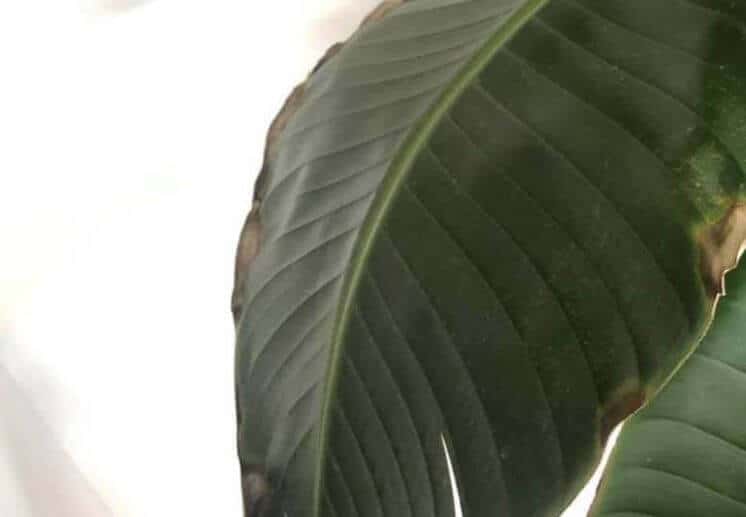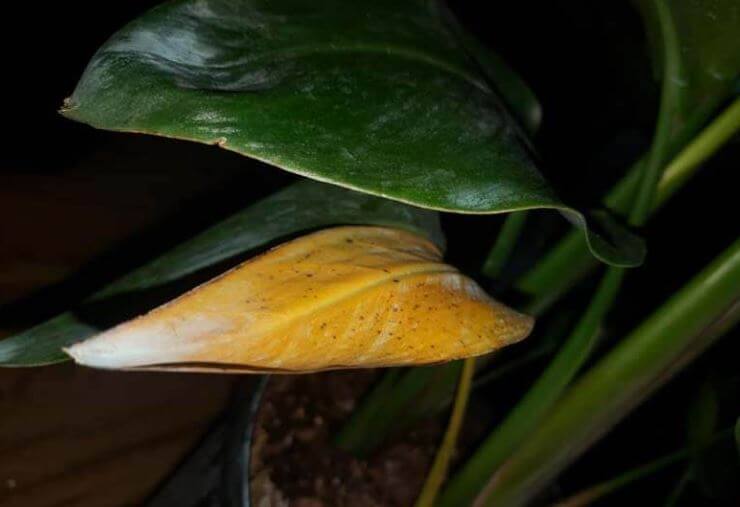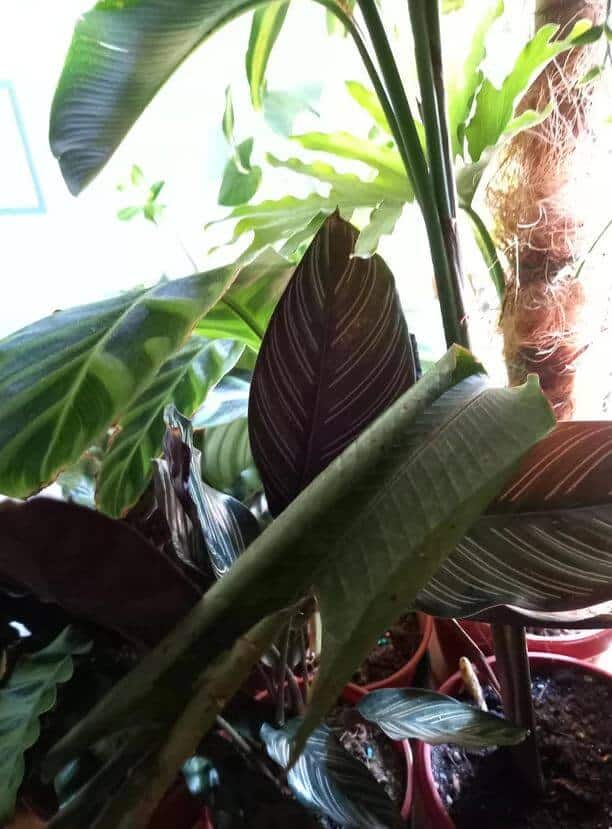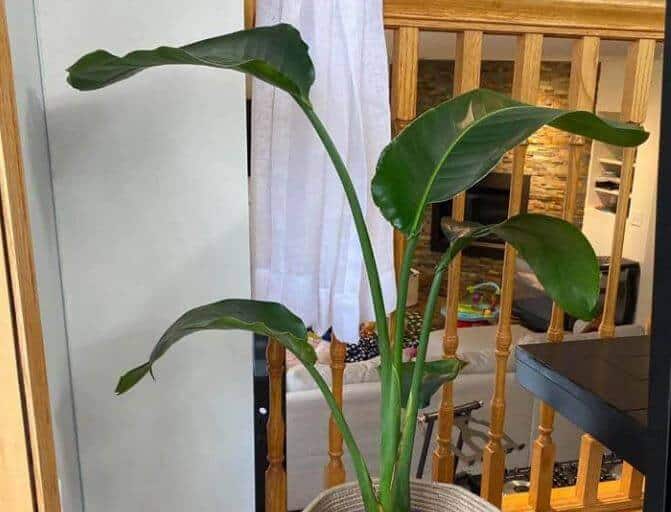Last Updated on September 13, 2023 by a Friendly Gardener
Bird of Paradise plants are beloved for their unique flowering. While these plants can be propagated occasionally, move your plant to a new spot or pot. Yet moving a Bird of Paradise plant can be challenging as these plants are susceptible to transplant shock and may struggle once moved. Let’s examine what can happen and how to ease your plant’s transition.
Bird of Paradise Transplant Shock

When plants are moved to a new container or spot in an outdoor garden, their root system may be accidentally damaged. As a result, your plant may experience transplant shock. The same thing can happen if you transplant during the wrong season.
Is there a way to protect your plant from transplant shock if you must repot or move it? You can implement several techniques to reduce the risk of transplant shock or its effects.
-
Avoid watering for two weeks following the transplant

Whereas it is often suggested to generously water a houseplant once it has been moved to a new container, when dealing with transplant shockBird of Paradise is an entirely different creature. Botanists suggest avoiding watering them for approximately two weeks from the transplant date. This recommendation is also given when removing suckers from the plant’s base to transplant elsewhere.
-
Repot and replant at the same height
If you need or want to transplant Bird of Paradise to a new pot or spot in the garden, they must be transplanted at the same height. Plants adapt to their environment, and this is not only true for root systems but for stems as well. Maintaining the same soil height as their previous planting can aid in reducing transplant shock because your plant will find itself in a familiar environment and require less adapting to new conditions.
-
Protect and maintain the root system
You may need to transplant a Bird of Paradise plant because it has outgrown its current container, and by affording it a bit more space, it may experience a growth increase without impediment. If transplanting in an outdoor garden, move it to a sunnier location. Whatever your reason for transplanting, you must protect the root ball when digging up your plant.
Bird of Paradise plants prefer well-draining, loose soil, so soil will usually fall away from the root system when it is moved. It’s crucial to remove the root ball carefully to prevent damage. Roots are delicate, and plants use their hearts to absorb water and nutrients vital to survival. Fear not if you accidentally remove some portions of the root system, as this is a hardy plant and should bounce back in no time.
-
Select the correct season for transplanting
If you live in a warm or tropical climate, you need not worry about when to transplant a Bird of Paradise plant. However, if your area experiences the traditional four seasons, wait to transplant the Bird of Paradise until the warmest months of the year in the spring and summer. This is the Bird of Paradise’s growing season, so the plant will have a better chance of recovering during this period. Traditionally, temperatures tend to cool in the fall and winter, and growth can be pretty slow. Your plant will require more time for damaged roots to repair and grow. The root system will also need more time to adjust to its new environment.
-
Prune dead and dying foliage and stems before transplant

As with many houseplants, the Bird of Paradise will do better when dead and dying plant parts are removed for a healthy plant. They can be removed at the base of the plant or from the side. Removing dying foliage will aid in improving airflow around the plant. Plus, as long as failing plant parts remain attached, the plant will continue to channel energy in their direction. Removing these parts will permit the plant to send power and resources to stems and younger, healthier foliage. You should have no reservations about removing dying plant parts, as they will eventually fall off. Freeing the plant of dead stems and leaves will conserve energy that can be used for new growth and repair after a transplant.
-
Remove spent flowers
Blooms that have been present for some time and are beginning to look worse for the wear must be trimmed off when transplanting. Trim flower stalks at the very base of the plant, as new growth will emerge from there. Trimming spent blooms will also help the plant save energy that the plant can use for adapting to its new transplant location.
-
Treat the Bird of Paradise root system with a root stimulator or growth hormone

The Bird of Paradise’s root system is relatively small, considering the plant’s size above ground. Although their roots develop rapidly, root hormones can aid in recovering from transplant shock. Root hormone is found in a concentrated liquid form or powder. Mix it with water and apply it at the plant’s base.
-
Mist to improve humidity
If you will not be watering for the first two weeks after a transplant, it’s recommended that you mist foliage so that leaves can absorb some moisture. The Bird of Paradise is a tropical plant that grows naturally in humid environments.
-
Spread leaves and clean off dust particles
The foliage of this plant tends to clump together, meaning that some leaves will receive less sunlight. Spread leaves as much as possible so that every leaf gets as much sunlight as possible. The Bird of Paradise also boasts large leaves ideal for collecting atmospheric dust. Dust accumulation can inhibit photosynthesis, reducing the plant’s energy. If you transplant your Bird of Paradise, clean the leaves to improve energy production.
In Conclusion

Transplant shock is always risky when moving a houseplant or garden plant to a new home. Still, by following these simple suggestions, your Bird of Paradise should adapt rapidly and enjoy its new environment in no time.

